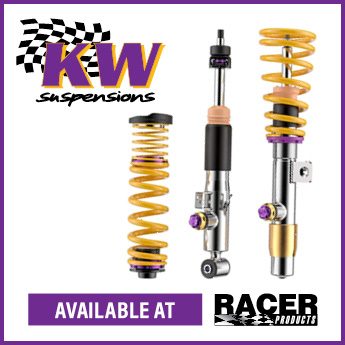It feels like an age since we last saw a formula once race and now with the first race of 2020 set to start this weekend, Brembo has shared some information on what it takes to make a Formula 1 car brake.
According to Brembo technicians, the Red Bull Ring is one of those tracks with a medium level of difficulty for brakes. On a scale of 1 to 5, it earned a 3 on the difficulty index, matching the score of other tracks such as Budapest and Barcelona.
The Austrian track is the only one in the world where a full lap takes less than 65 seconds. This is due to the high speeds achieved but also the limited number of turns, only three of which require the use of brakes for more than one second.
Formula 1 cars use Brembo discs with different thicknesses: 32 mm at the front, 28 mm to 32 mm at the rear. The Brembo pads also come in different sizes: 22 mm at the front and 17 mm at the rear.
The discs are in carbon fiber: the sheets of carbon fiber are overlapped and stitched together using presses, and infiltrated with special resins. During the season, each team will wear out 150 to 300 discs and up to 600 pads.
Brake use during the Formula 1 Austrian Grand Prix
The Austrian track has seven braking sections, for a total time using the brakes per lap of 10 seconds, one of the lowest times in the World Championship, 7.5 tenths less than Monza.
From the start to the checkered flag, the brakes are in use for less than 12 minutes.
In the first half of the track up to and including turn 4, the brakes are used a lot and also very intensely: a total 685 seconds of use with a mean deceleration of almost 5.3 g.
On the rest of the track, the brakes are only used for 3.18 seconds with a mean deceleration of 2.3 g.
The most demanding braking section of the Spielberg Round
Of the seven braking sections at the Austrian GP, three are classified as very demanding on the brakes, none are of medium difficulty and the remaining four are light.
Turn 3 is the most feared because the drivers take advantage of the DRS and manage to get up to speeds of 331 km/h (197 mph): the braking section is almost 130 meters (119 yards) long. To complete the operation, the drivers need 2.67 seconds to apply a load of about 176 kg (67 lbs) and undergo 5.3 g in deceleration.
Take a look at this virtual lap to see the forces that go into a lap of the Austrian GP.


















